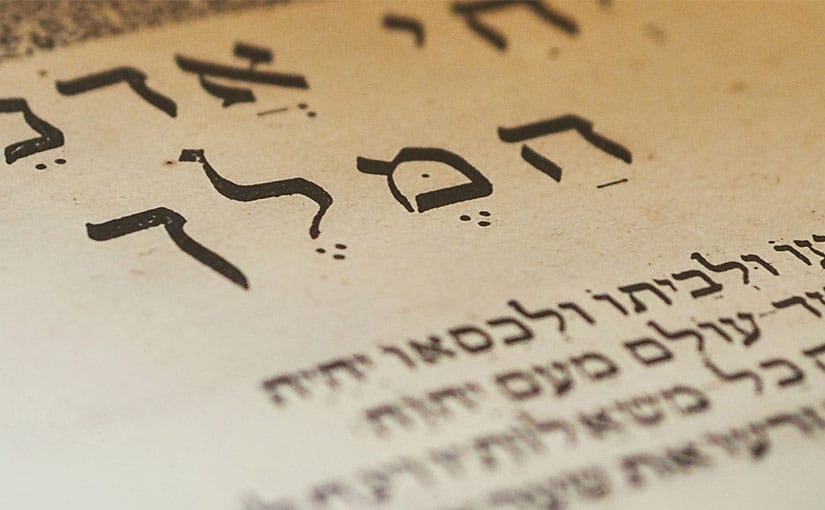Description

As a regularly repeated ritual, the liturgy consolidates identity as a minority without influencing interactions with the majority in contexts other than religious. Until the liturgical reform of European and North American Judaism in the 19th century, Hebrew as the liturgical language was an essential part of Jewish identity, although it was mostly only passively mastered.
With a comparative historical study on the liturgical language, the project aims to both explore linguistic competence and creativity in Hebrew and identify possible interference from the majority language, taking into account different conditions with regard to everyday language and more complex layers of written language.
It examines liturgical poetry, the only Jewish literary genre that has been written in Hebrew throughout the Jewish diaspora. This poetry is a constantly renewing part of the liturgy, which complements the standard liturgy. Defined moments in the liturgy, standardized forms and contents, and obligatory recourse to biblical language characterize the liturgical poetry in all Jewish traditions, but large regional and temporal differences can be observed, which allow a comparison.
Poetic corpora will be fully examined for the use of biblical phrases. It can be assumed that the “liturgical Bible”, i.e. the sections used regularly in worship, are significantly better known and have more identification potential. As the knowledge of Hebrew becomes less, their share of the biblical phrases in liturgical poetry would have to increase. In a further step, which is intended to indicate possible interference with the spoken language, the non-biblical components of liturgical poetry are examined for neologisms, morphology and syntactic peculiarities.


